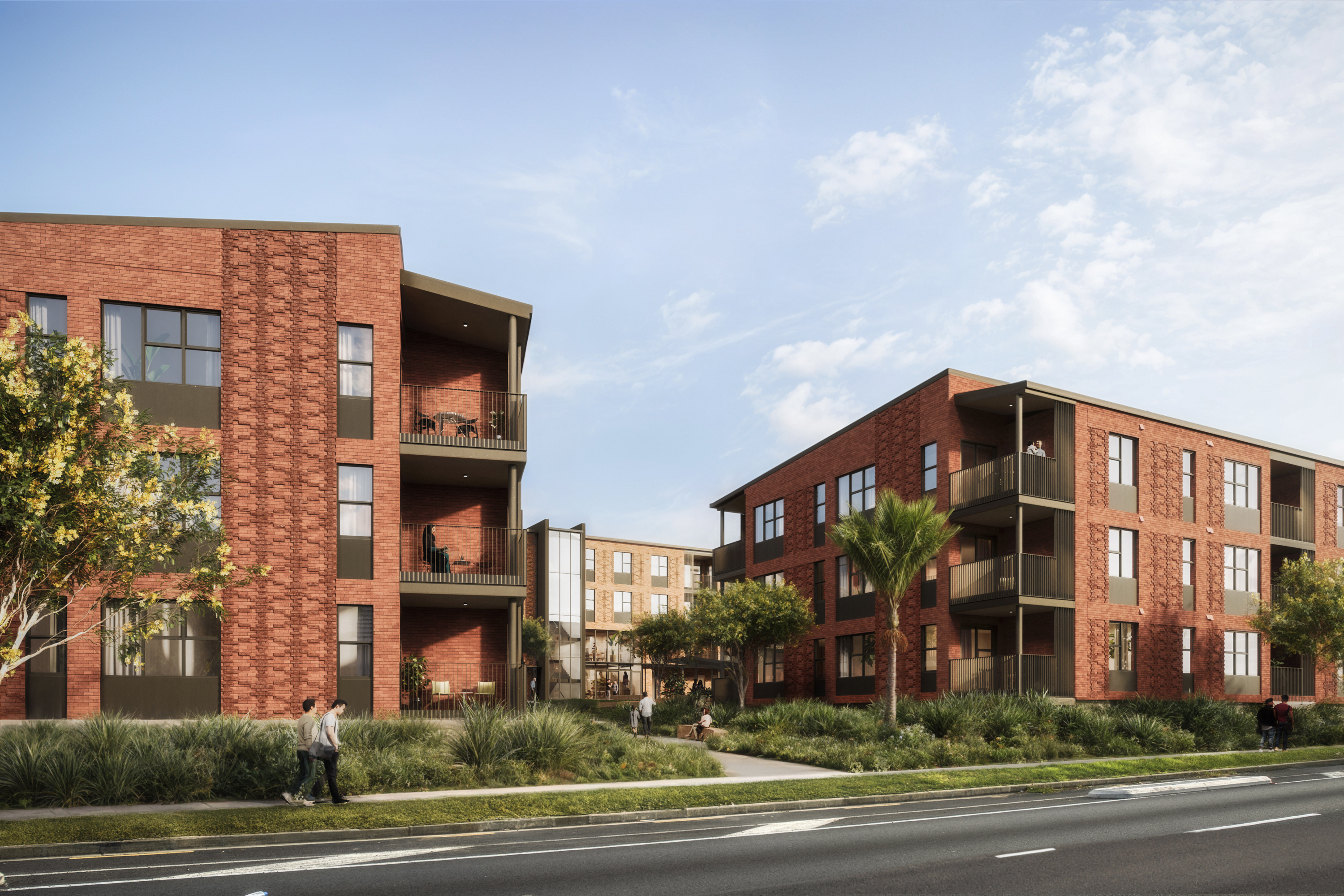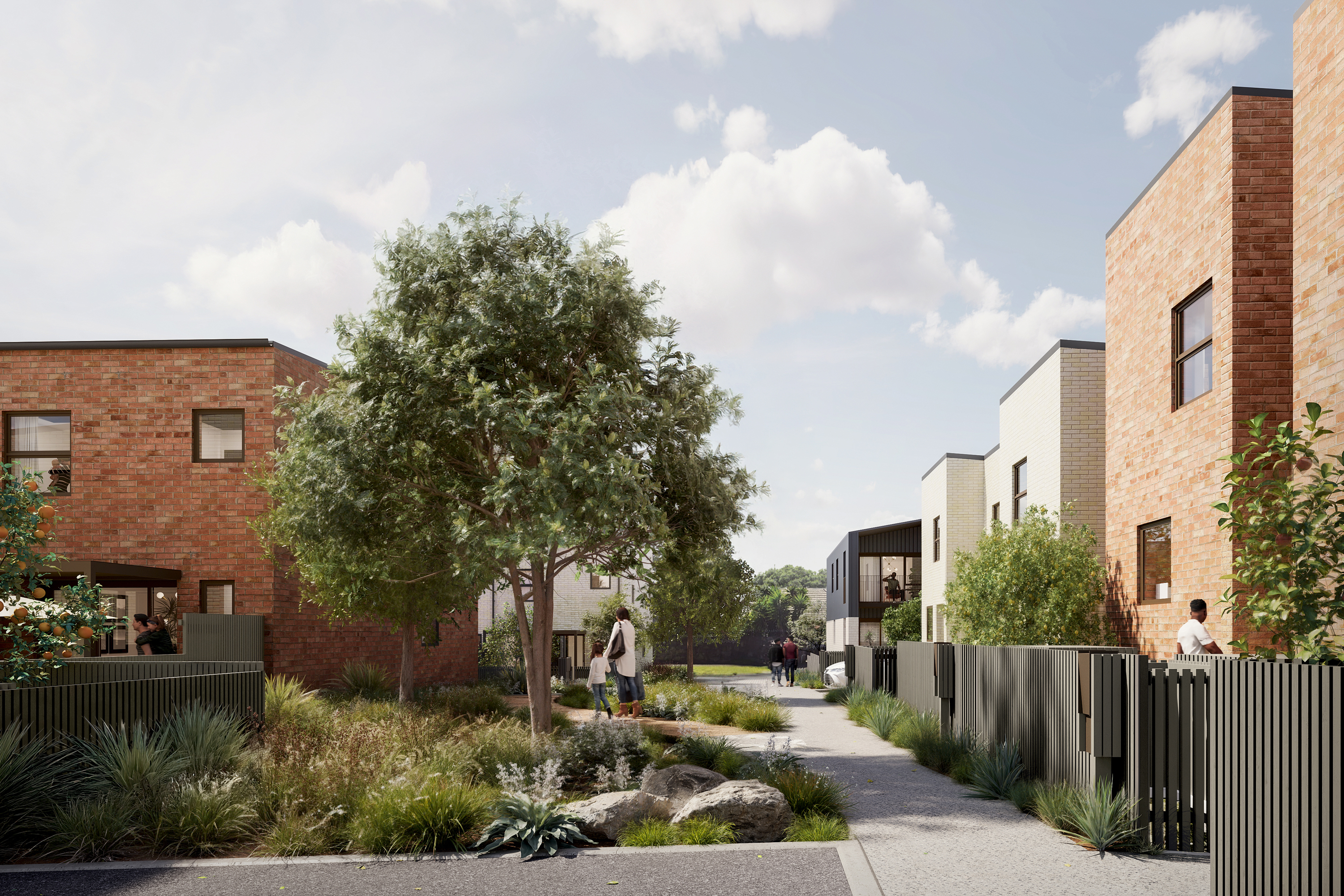Include housing as essential infrastructure in National Direction Reforms
Consultation on the on the National Policy Statement for Infrastructure (NPS‑1), released by the Ministry for the Environment, closed on 27 July 2025. Jasmax contributed to a submission on the Resource Management Reforms Package 1: Infrastructure and Development via Te Kāhui Whaihanga New Zealand Institute of Architects (NZIA).
The submission supports the Government’s intent to streamline infrastructure development and strengthen national direction under the Resource Management Act (RMA), with the goal of reducing unnecessary cost and delay in delivering critical infrastructure, including affordable housing.
The NZIA submission highlights the important role architecture and design play in delivering affordable housing: “Our purpose is to promote the role of architecture in delivering affordable, resilient, and inclusive communities, and to ensure that we have the right regulatory settings to enable this goal. We advocate for design not as a luxury, but as a tool of utility: one that adds long-term value, reduces risk, and serves the public good. Architecture is fundamentally practical, coordinates complexity, ensures regulatory compliance, and delivers outcomes that are safer, liveable, and enduring.”
Recognising housing as critical infrastructure
The NZIA submission recommends that the NPS‑1 explicitly recognises housing as a form of infrastructure. While the current NPS‑1 proposal implies this connection, the submission calls for formal acknowledgement of housing as essential social and economic infrastructure — a position Jasmax fully endorses.
Case study: Tāmaki Regeneration Project
Public sector-led, affordable housing projects like the Tāmaki Regeneration Project are already providing a roadmap for affordable, safe and sustainable communities. These initiatives demonstrate the value of a co-ordinated, multi-disciplinary approach, bringing together urban design, masterplanning, architecture and landscape architecture to deliver long-term benefits for communities at scale.
Spanning 900 hectares across Glen Innes, Point England and Panmure, the regeneration is led by Tamaki Regeneration Company (TRC) and aims to accommodate a projected 300% population increase by 2043. Aging housing stock is being replaced with warm, dry, energy-efficient homes. All new housing is mixed tenure, combining social housing with a Shared Home Ownership (SHO) model for eligible local residents, and designed to meet a Homestar 6 sustainability rating.
Unlike many large-scale redevelopments, the project prioritises community retention. A 2022 – 23 report confirmed that 100% of social housing tenants affected by the redevelopment were subsequently rehoused in Tāmaki — a target that remains in place today. This stands in contrast to typical gentrification patterns, where existing residents are often displaced as property values increase.
“TRC is not delivering houses so much as integrated neighbourhoods. Housing, roading networks, outdoor spaces and streetscapes are carefully designed to provide resilient, high-quality neighbourhood infrastructure that supports and strengthens the growing community. Neighbourhoods in Tāmaki are designed with and for local residents. They respond to real needs, reflect peoples stories and create space for their aspirations,” says James Whetter, Jasmax Principal and housing specialist who is currently leading the design for the Epping Evandale, Larsen and Torino neighbourhoods.


Jasmax’s role in Tāmaki’s transformation:
Jasmax has worked with TRC since 2012, supporting:
- Governance, guidance and development of delivery tools
- Community, Mana Whenua and stakeholder engagement
- Working with Auckland Council, Healthy Waters and TRC to prepare strategies for open space and stormwater
- Masterplanning precincts, neighbourhoods and super lots, including the design of open spaces such as parks, stormwater management systems, roading and other infrastructure
- Design and delivery of nearly 800 homes across the Fenchurch, Epping Evandale, Larsen and Torino neighbourhoods
The result is a new generation of inclusive housing typologies: terraced homes, standalone houses, and apartments designed for kaumātua (elders), all supporting diverse, multi-generational communities. Each neighbourhood prioritises liveability, wellbeing, and environment and social resilience. Over the last decade, Tāmaki has become a model for brownfield development, demonstrating why housing must be treated as essential infrastructure, capable of futureproofing our cities while strengthening the communities who live in them.
Read more about Jasmax’s experience in the design of Cities and Neighbourhoods here.